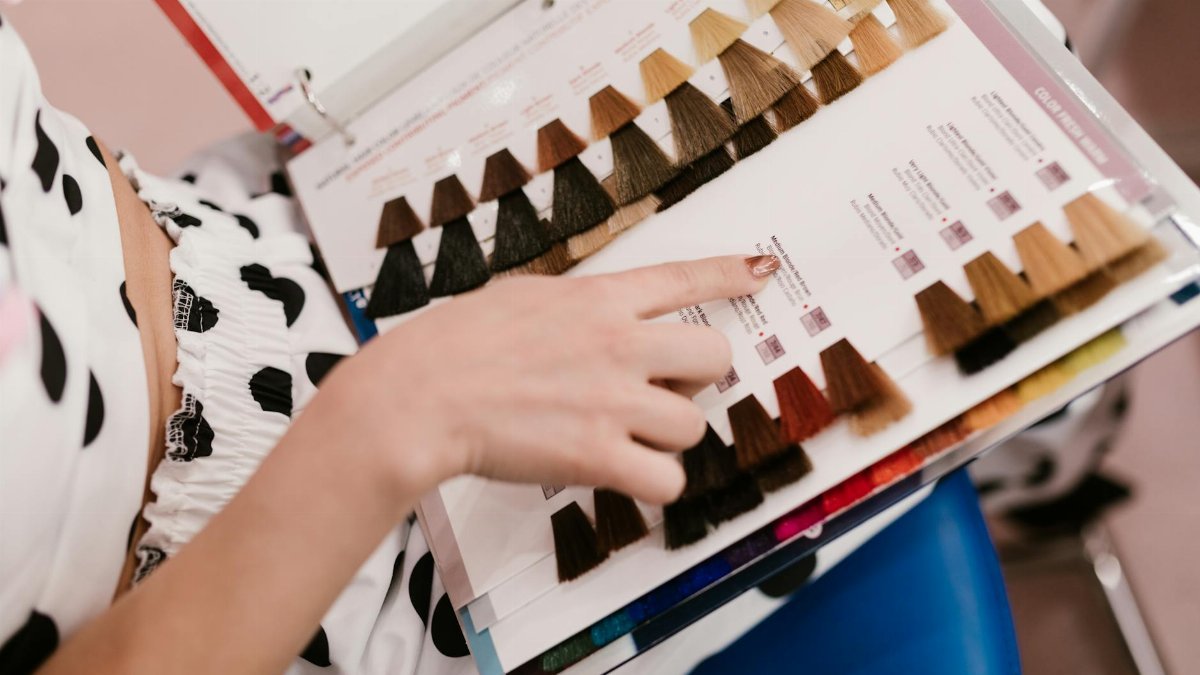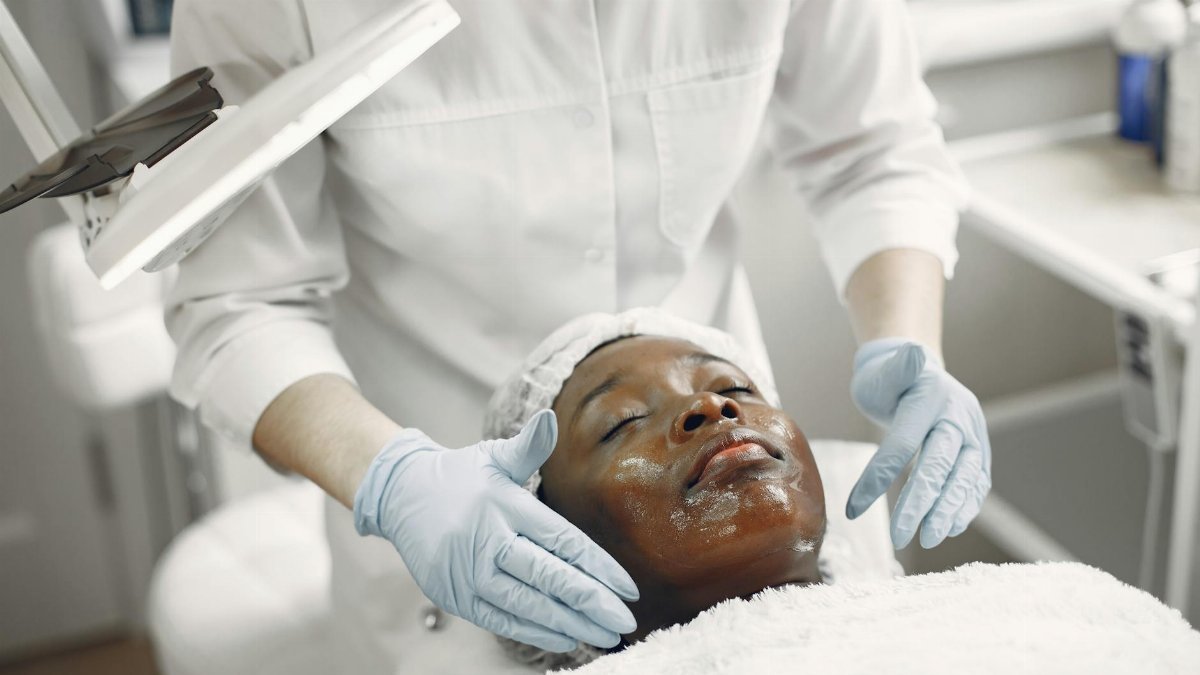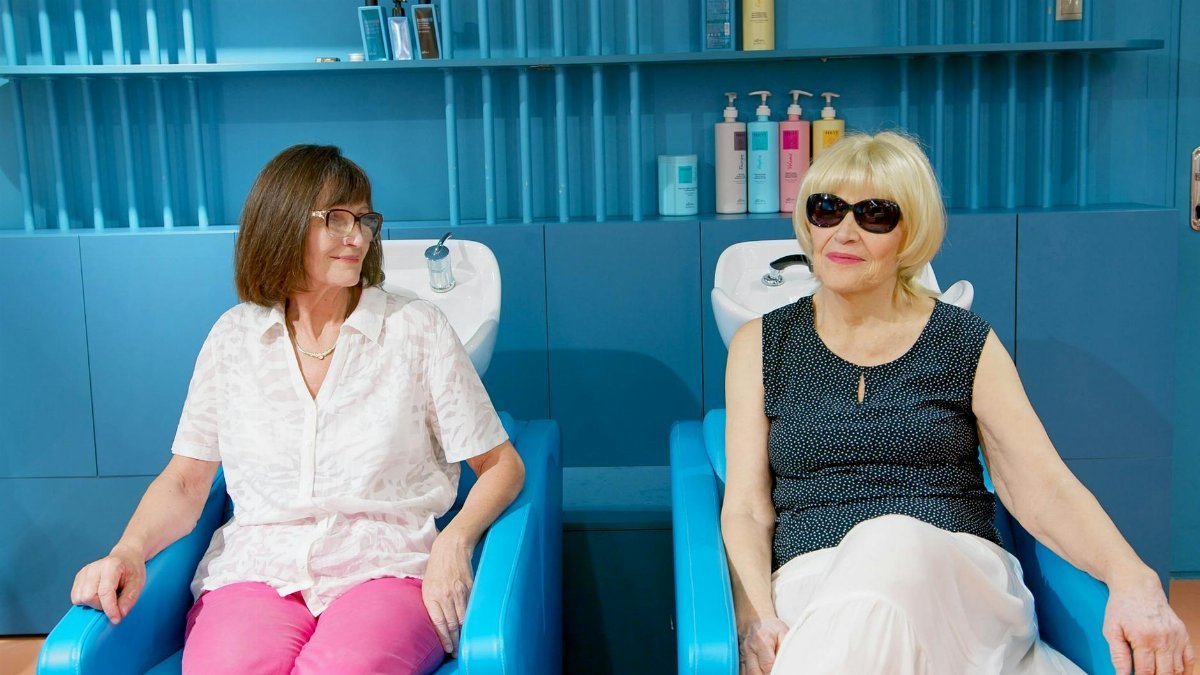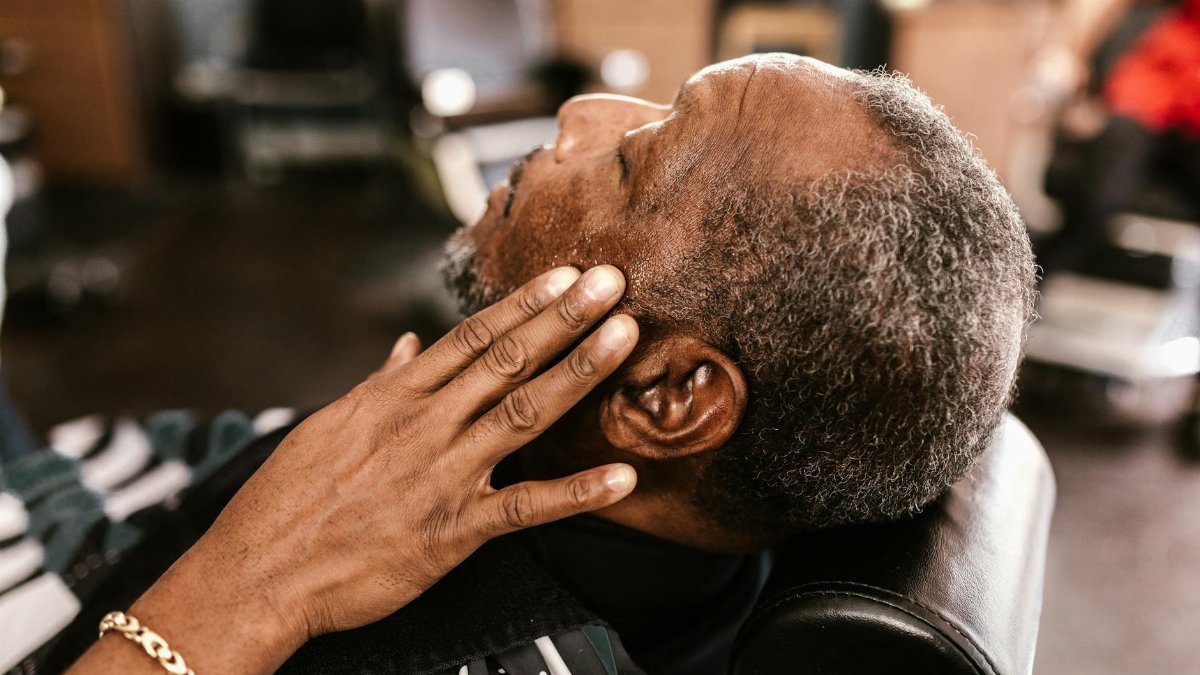Imagine stepping into a hair salon not just for a trim, but for a chance to unload your worries. In cities like Seattle and Chicago, a quiet trend is emerging: “listening salons,” where stylists are trained in the basics of talk therapy to support clients who often share personal struggles during their appointments. Dubbed “listening salon hair,” this concept blends the routine act of getting a haircut with an unexpected emotional release. It’s not about replacing professional therapists, but rather offering a safe space for casual, supportive conversation. As mental health awareness grows in 2025, this hybrid experience taps into a deep human need for connection. Salons, long seen as community hubs, are evolving into something more—places where a snip of the scissors might just come with a dose of empathy.
The Roots of Listening Salon Hair

Salons have always been more than places to get a new look. Walk into any barbershop or hair studio, and you’ll hear stories—about breakups, job stress, or family milestones—spilling out over the buzz of clippers. Historically, stylists have played the role of informal confidants. But the idea of “listening salon hair” takes this a step further by formalizing that role. In recent years, programs have emerged to train hair professionals in active listening and basic emotional support techniques. These aren’t clinical skills, but practical tools to help stylists navigate heavy conversations without overstepping. The result? A haircut appointment that feels like a mini-therapy session, minus the couch.
This shift didn’t happen overnight. It’s tied to broader cultural changes, including the push to destigmatize mental health discussions. Organizations like the National Alliance on Mental Illness have long advocated for community spaces to play a role in mental health support, and salons are stepping up as unlikely but fitting allies.
Why Haircuts and Heart-to-Hearts Mix

There’s something uniquely intimate about sitting in a stylist’s chair. You’re physically close, often facing a mirror that reflects more than just your appearance. Clients, perhaps lulled by the rhythmic snipping or the comfort of routine, tend to open up. A stylist in Portland shared how a regular client once broke down about a recent divorce mid-haircut, seeking not advice but simply someone to hear her out. For many, the salon is a rare space where vulnerability feels safe—there’s no judgment, just a familiar face wielding a comb.
This dynamic explains why “listening salon hair” resonates. It leverages an existing trust. Studies, such as those from the American Psychological Association, show that informal social support can ease stress, even if it’s not from a licensed professional. When a stylist listens without trying to “fix” things, it can feel like a small but meaningful relief.
Training Stylists to Listen, Not Counsel

Not every stylist is ready to handle a client’s emotional outpouring, and that’s where training comes in. Programs like the one offered through partnerships with mental health nonprofits teach hair professionals how to listen actively, validate feelings, and set boundaries. One key lesson? Knowing when to gently steer a conversation away from topics too heavy for the setting. A stylist isn’t a therapist, and these initiatives emphasize that distinction. Instead, they focus on empathy—nodding, asking open-ended questions, and resisting the urge to offer unsolicited advice.
Such training is gaining traction. Resources from the MentalHealth.gov site highlight the importance of community-level mental health education, and salons are becoming part of that ecosystem. For stylists, it’s a chance to deepen their role in clients’ lives without crossing into unqualified territory.
The Client Perspective: A Safe Space

For clients, the appeal of listening salon hair lies in its accessibility. Therapy can be expensive or hard to schedule, and not everyone feels ready to seek it out. But a haircut? That’s a regular errand. One woman described her experience at a listening salon as “like chatting with a friend who just happens to be amazing with highlights.” She wasn’t looking for solutions, just a moment to vent about work stress while her stylist nodded and trimmed. That low-stakes interaction left her feeling lighter, even if her problems weren’t solved.
This aligns with findings from the Pew Research Center, which note that many Americans crave everyday spaces for emotional connection as loneliness rises. Listening salons fill a gap—offering a fleeting but real sense of being heard.
Challenges in the Chair

Of course, this trend isn’t without hurdles. Some stylists worry about the emotional toll of absorbing clients’ struggles. “I’m not trained for this,” one barber admitted during a workshop, voicing a concern about burnout. There’s also the risk of blurred lines—clients might expect more than a stylist can give, leading to awkward misunderstandings. Salons adopting this model must navigate these tensions carefully, ensuring staff feel supported and clients understand the limits of the interaction.
Then there’s the question of equity. Not every salon can afford to invest in training, and upscale studios are often the first to adopt such programs, potentially leaving lower-income communities out. It’s a reminder that even well-intentioned trends can widen existing gaps if not implemented thoughtfully.
Community Impact Beyond the Salon

What starts in the stylist’s chair often ripples outward. Listening salon hair isn’t just about individual clients; it’s about reinforcing community bonds. Salons, especially in smaller towns, have long been gathering spots where news and gossip mingle. By fostering deeper conversations, they can become anchors for emotional support on a broader scale. Imagine a barber in a tight-knit neighborhood noticing a regular seems off—offering a kind ear during a trim might prompt that person to seek further help.
This potential for impact is why mental health advocates are taking notice. As social isolation remains a concern in 2025, these small, personal interactions add up. They don’t replace professional care, but they build a network of care that’s harder to quantify yet no less vital.
A Growing Movement or a Passing Fad?

Is listening salon hair here to stay? Skeptics argue it’s a niche idea that might fade as the novelty wears off. After all, not every client wants to bare their soul while getting a blowout—some just want a quick cut and silence. Yet proponents see it as part of a larger shift toward integrating mental health into everyday spaces. Salons are just one piece of a puzzle that includes workplaces, schools, and even coffee shops experimenting with ways to support emotional well-being.
For now, the trend is gaining ground, especially in urban areas where stress runs high and community feels elusive. Walking out of a salon with fresh hair and a slightly unburdened heart might not solve life’s big problems, but it’s a start. And in a world that often feels disconnected, that small gesture of listening can cut deeper than any pair of shears.
